Search Collections
Browse Content (p. 2)

Image Gallery
A Gallery of Children of the Ancient World
Children in the ancient world are, generally speaking, underrepresented in art, literature, and archaeological evidence when compared with the larger population owing to their status as wards of adults who are often, though not always, the...

Collection
The Steps to World War Two
The causes of WWII (1939-45) were many and varied, but there was a chain of international crises in Europe, which finally degenerated into a conflict that ultimately spread to engulf most of the world. In this collection of resources, we...

Image Gallery
A Gallery of Ancient, Medieval, & Modern Warrior Women
The first female warrior attested to historically is Queen Ahhotep I of Egypt (l. c. 1570-1530 BCE) who put down a rebellion by the Hyksos when her son, Ahmose I, was campaigning against the Nubians. In literature, the first mention of women...
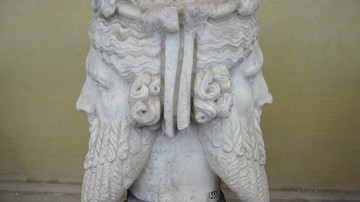
Image Gallery
Gods & Goddesses of Rebirth & Renewal Around the World
Deities representing the concepts of rebirth and renewal have been a vital aspect of the human condition for thousands of years. Early animistic belief systems venerated the sun, which later became associated with powerful deities, such as...
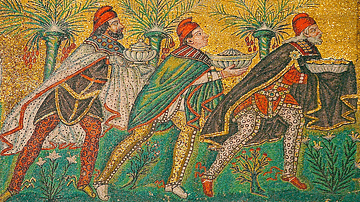
Collection
The History of Christmas Celebrations
In this collection of resources we look at the origins of Christmas and the story of the Nativity, the pagan traditions that have influenced how the holiday has been celebrated ever since, and how different eras have found new ways to add...
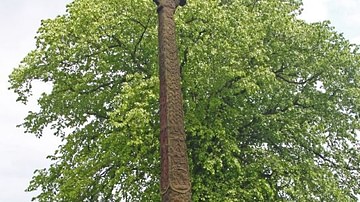
Image Gallery
A Gallery of Norse Gods & Yule Traditions
The Norse tradition of celebrating Yule (Yuletide=Yule Time) influenced many of the later traditions now associated with Christmas. "Yuletide" appears in Christmas carols, is often used interchangeably with "Christmas", and many still celebrate...

Collection
A Gallery of Religious Festivals from Around the World
Religious festivals have featured as a central aspect of civilization for thousands of years, the earliest thought to be celebrations of the New Year and the concept of rebirth and new beginnings that accompanied it. The first such festival...
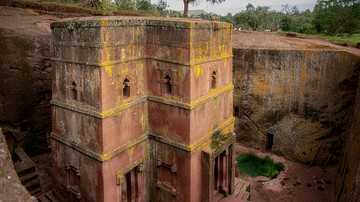
Image Gallery
A Gallery of Churches from Around the World
Churches around the world are not only houses of worship but offer a wide array of architectural styles and forms, from modest structures, such as St. John's Church in Waimate North, New Zealand, to the striking artistic innovations and ornamentation...
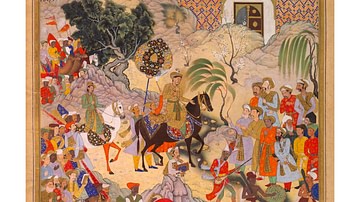
Image Gallery
A Gallery of Mughal Paintings
In this gallery, we present many fine examples of paintings from the Mughal Empire (1526-1857). Espoused and cultivated by the Mughal court, the artform married the bold styles of classical Indian miniature painting, dating as far back as...
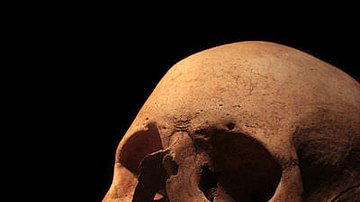
Image Gallery
A Gallery of Ghosts, Demons, Spirits & Monsters
Ghosts, demons, spirits, and monsters have been haunting humanity for at least 3,500 years. The so-called “Ghost Tablet” (c. 1500 BCE), from ancient Babylon, depicts a woman leading a ghost to the underworld and amulets from earlier periods...